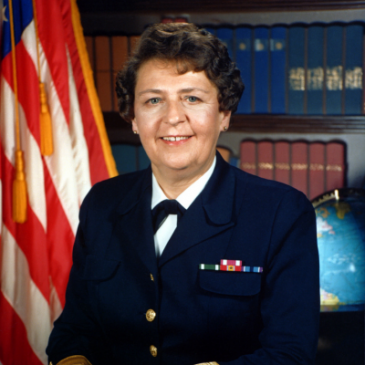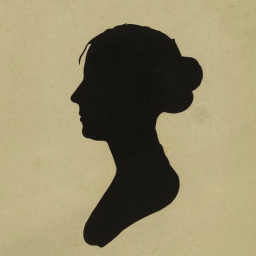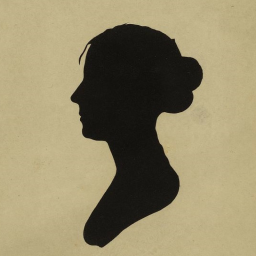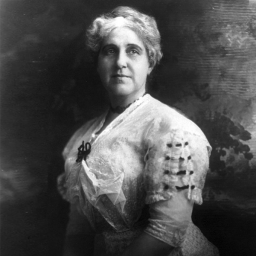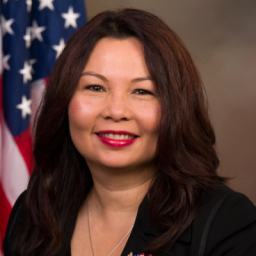Captain Mary Therese Klinker
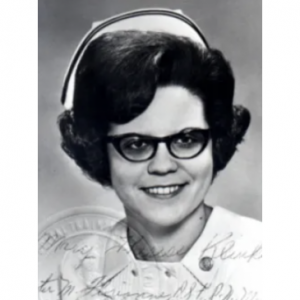
Captain Mary Therese Klinker was a U.S. Air Force flight nurse who died during Operation Babylift, a humanitarian mission to evacuate orphans from Vietnam.
She was the last nurse and the only member of the Air Force Nurse Corps to be killed in the Vietnam War and was posthumously awarded the Airman’s Medal for Heroism and the Meritorious Service Medal.
Living and working during the final days of the Vietnam War, Klinker’s service reflects the era’s complex intersection of military duty and humanitarian efforts.
“No matter how far women were kept away from combat roles, they were never far from harm and the opportunity to rise above and beyond the call of duty,”
Tom Budzyna, 2013, Air Force News Service
Early Life and Education
Mary Therese Klinker was born on October 3, 1947, in Lafayette, Indiana, the daughter of Paul and Mary Klinker (Mary T. Klinker Veteran Center). She graduated from Central Catholic High School in 1965, where she developed a strong sense of community and service (Slater, 2023). After graduation, Klinker studied nursing at St. Elizabeth’s School of Nursing. She completed her training and began her professional career as a nurse at St. Elizabeth Hospital.
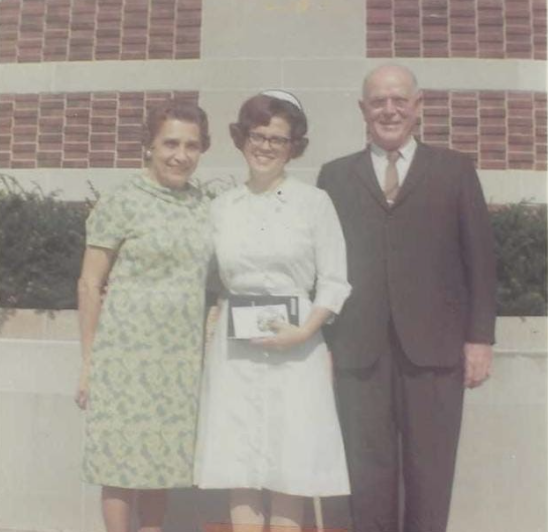
Figure 1. Mary Klinker, center, with her parents Mary and Paul Klinker. (Photo provided to Bangert, 2023)
Joining the Air Force
In January 1970, near the end of the Vietnam War, Klinker joined the United States Air Force. She quickly advanced and became a flight nurse assigned to the 10th Aeromedical Evacuation Squadron. She later served temporarily at Clark Air Base in the Philippines (Mary T. Klinker Veteran Center). Her responsibilities extended beyond patient care to include instruction and flight examinations, highlighting her leadership and technical expertise (Lafayette Urban Ministry, 2012).
Flight nurses in the Vietnam War era faced constant danger. They worked under fire, stabilized patients midair, and transported wounded soldiers and civilians. Klinker operated at the intersection of military duty and humanitarian aid, where her skills and compassion proved invaluable.
More broadly, flight nurses during the Vietnam War became the lifeline of aeromedical evacuation. They often served as the highest-ranking medical personnel aboard transport aircraft, overseeing the care and safe evacuation of wounded soldiers from combat zones to hospitals across Asia and the United States (Holm, 2020). Despite being officially classified as noncombatants, they trained with weapons and faced real risks on missions that exposed them to hostile fire and hazardous conditions. Their presence also offered a psychological boost for patients, who often found comfort in the nurses’ care during chaotic and painful journeys.
Operation Babylift
The Vietnam War began as a post-colonial conflict between communist North Vietnam and anti-communist South Vietnam following the end of French rule in Indochina. The United States became increasingly involved in the 1950s and 1960s, motivated by Cold War anxieties and the belief in the “domino theory,” which held that the fall of one Southeast Asian country to communism could trigger a regional cascade. U.S. military forces officially withdrew in 1973 after the signing of the Paris Peace Accords, but fighting between North and South Vietnam continued. The war reached its final and most chaotic phase in April 1975, when North Vietnamese forces captured Saigon, marking the end of the war and the collapse of South Vietnam. Amid the panic and humanitarian crisis, the U.S. launched emergency evacuations to rescue American personnel and vulnerable South Vietnamese civilians (PBS, n.d.).
In 1974, President Gerald Ford announced Operation Babylift, a humanitarian mission to evacuate over 2,000 children, many of whom were presumed orphans, from Saigon (Lafayette Urban Ministry, 2015). The children were transported to the United States, Canada, Europe, and Australia for asylum and adoption. The mission became controversial because not all of the children were orphans, sparking headlines such as “Babylift or babysnatch?” (PBS, n.d.).
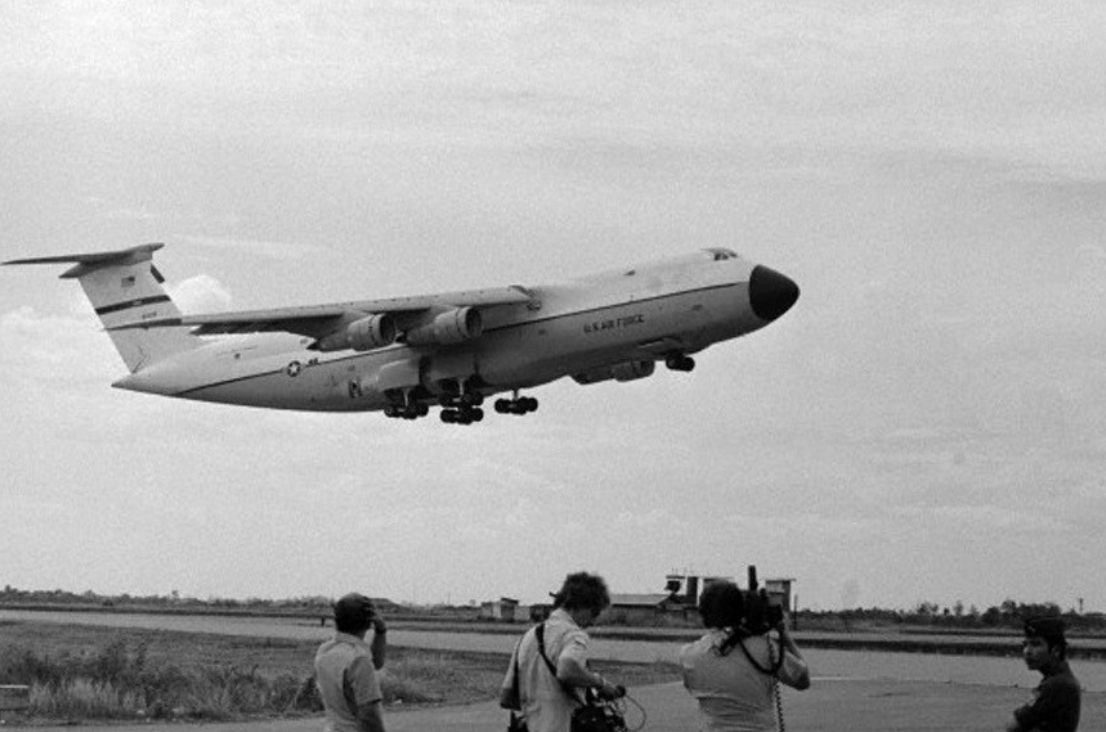
Figure 2. Lockheed C-5A Galaxy 68-0218 lifts off from Tan Son Nhut Air Base, South Vietnam, 4:00 p.m., Friday, 4 April 1975. (CORBIS)
Klinker volunteered for the mission and joined a crew charged with escorting children to safety (Patrick, 2017). Nurses prepared infants and toddlers in makeshift orphanages for the journey. One nurse described the scene as a “sea of babies” lying on mats—crying, cooing, and playing—dressed in lace and patent leather shoes by their Vietnamese caregivers (Patrick, 2017). The crew then transported the children aboard a massive C-5A Galaxy aircraft, which carried “about 25 cardboard boxes holding two or three babies apiece” (Patrick, 2017).
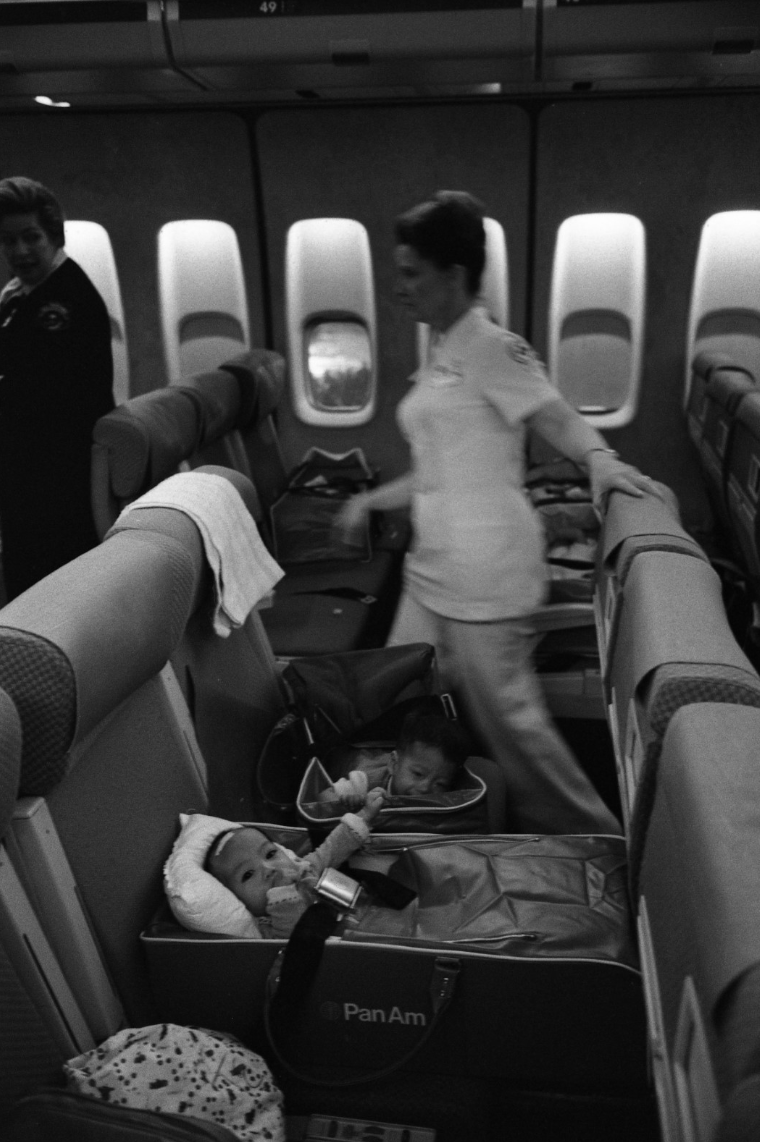
Figure 3. Nurses and Vietnamese Refugee Children on a successful Operation Babylift Flight upon its Arrival at San Francisco International Airport. Image from the National Archives. NAID: 23869151
The mission crew recalled, “We took our seats for the takeoff, and the true terror began. Would we be shot down? Would we even get off the ground?” (Patrick, 2017). Their nightmares became reality. Just minutes after takeoff, the rear cargo door of the C-5A Galaxy failed, causing rapid decompression and forcing the pilots into an emergency descent. In the chaos, Klinker remained in the cargo hold, caring for an unconscious medic. When the aircraft broke apart during its crash landing, she and all those in the lower deck were killed. Remembered for her courage and compassion in her final moments, Klinker was the last nurse to die in the Vietnam conflict (Bangert, 2023).
Tragedy and Recognition
The aircraft carried 314 people, including 145 children, medical staff, and crew. Of those, 138 died, including Klinker (Mary T. Klinker Veteran Center). She was one of seven attendants on board. The U.S. Air Force recognized her sacrifice with two posthumous honors: the Airman’s Medal for Heroism and the Meritorious Service Medal. Additionally, the Daughters of the American Revolution, the General de Lafayette Chapter, dedicated a historical marker outside of Central Catholic High School, her alma mater (Slater, 2023).
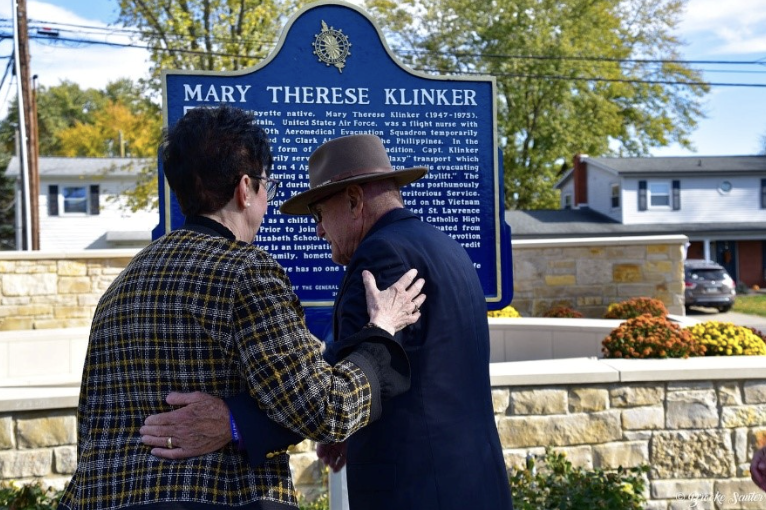
Figure 4. Retired Col. Regina Aune comforts Jim Klinker, Mary Klinker’s brother, at a Nov. 2, 2023 dedication of a marker in honor of his sister. (Photo: Brooke Sauter via DAR)
Lastly, her name appears on Panel O1W, Row 122 of the Vietnam Veterans Memorial in Washington, D.C. (Patrick, 2017). She was one of only eight women among more than 58,000 commemorated there (Bangert, 2023).
Legacy and Commemoration
Klinker’s legacy continues through memorials and service organizations. The Mary T. Klinker Veterans Resource Center in Lafayette, Indiana, provides support for unhoused and at-risk veterans, including counseling, financial aid, and housing assistance. As a chapter of the Disabled American Veterans, the center reflects Klinker’s enduring mission of compassion and service.
 Primary Source Analysis Strategies
Primary Source Analysis Strategies
Style: Analyzing Photographs and Prints
Photo Collection: This Day in Aviation: 4 April 1975
Primary Source Inquiry
-
How do these photographs frame the relationship between humanitarian service and military action, and what visual strategies highlight sacrifice or vulnerability?
-
In what ways do the images document the scale and urgency of Operation Babylift, and how might those visual narratives be corroborated or complicated by survivor accounts, government reports, or news coverage?
-
How do the photographs’ composition, vantage point, and selection shape what viewers can access or interpret about the mission’s risks and outcomes? What perspectives or experiences might be absent or excluded?
 Additional Resources
Additional Resources
 Carry the Torch
Carry the Torch
American Experience. (n.d.). Operation Babylift (1975). PBS. https://www.pbs.org/wgbh/americanexperience/features/daughter-operation-babylift-1975/#:~:text=Many%20parents%2C%20especially%20of%20Amerasians%2C%20were%20concerned,the%20intention%20of%20finding%20their%20children%20later
Bangert, D. (2023, November 11). Operation Babylift crash survivors recall desperate escape, lasting trauma. Based in Lafayette. https://www.basedinlafayette.com/p/operation-babylift-crash-survivors
Budzyna, T. (2013, March 12). Two Air Force nurses heroes of Operation Babylift. U.S. Air Force. https://www.af.mil/News/Article-Display/Article/109577/two-af-nurses-heroes-of-operation-babylift/
Carroll County Comet. (2020, February 5). The story of Mary T. Klinker. https://www.carrollcountycomet.com/articles/the-story-of-mary-t-klinker/
Holm, J. E., & Wells, R. (2020). Air Force women in the Vietnam War [PDF]. Vietnam Women’s Memorial Foundation. https://vietnamwomensmemorial.org/wp-content/uploads/2020/03/jholm.pdf
Lafayette Urban Ministry. (2012, October 15). Mary Klinker. https://www.lumserve.org/blog/2012/10/15/mary-klinker/
Lafayette Urban Ministry. (2015, April 23). Lafayette native: 40th remembrance of Operation Babylift. https://www.lumserve.org/blog/2015/04/23/lafayette-native-40th-remembrance-operation-babylift/
National Archives and Records Administration. (1975, April 5). Nurses and Vietnamese refugee children on an aeromedical evacuation flight [Photograph]. National Archives Catalog. https://catalog.archives.gov/id/23869151
Patrick, B. K. (2017, September 6). Air Force Capt. Mary Klinker: The last nurse to die in Vietnam. Military.com. https://www.military.com/history/air-force-capt-mary-klinker.html
Slater, E. (2023, September 11). Central Catholic honors Mary Therese Klinker. Star City News. https://www.starcitytv.com/news/central-catholic-honors-mary-therese-klinker/article_3869b9fc-5175-11ee-b6c3-a7ffc2722c20.html
Staff Reports. (2023, November 1). Daughters of the American Revolution remembers Lafayette hero. Journal & Courier. https://www.jconline.com/story/news/local/2023/11/01/daughters-of-american-revolution-remembers-lafayette-hero/71410427007/
MLA – Robledo-Allen Yamamoto, Asami. “Captain Mary Therese Klinker.” National Women’s History Museum, 2025. Date accessed.
Chicago – Robledo-Allen Yamamoto, Asami. “Captain Mary Therese Klinker.” National Women’s History Museum. 2025 www.womenshistory.org/education-resources/biographies/Captain-Mary-Therese-Klinker.

